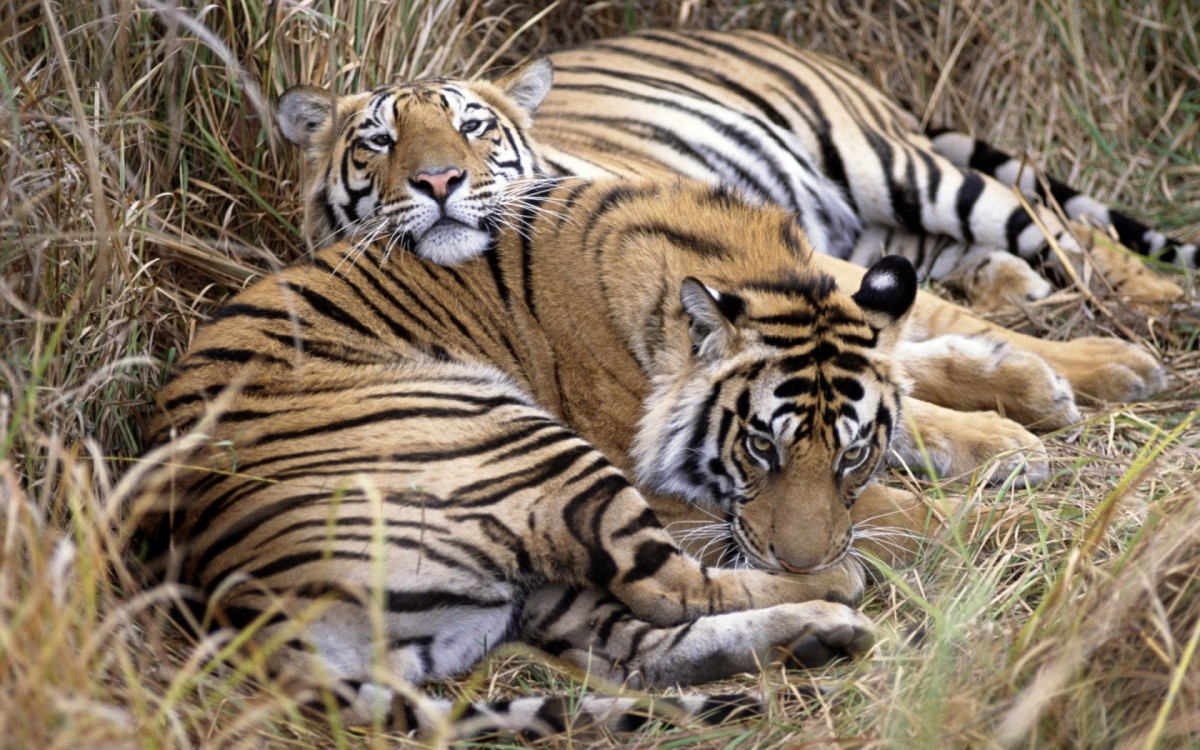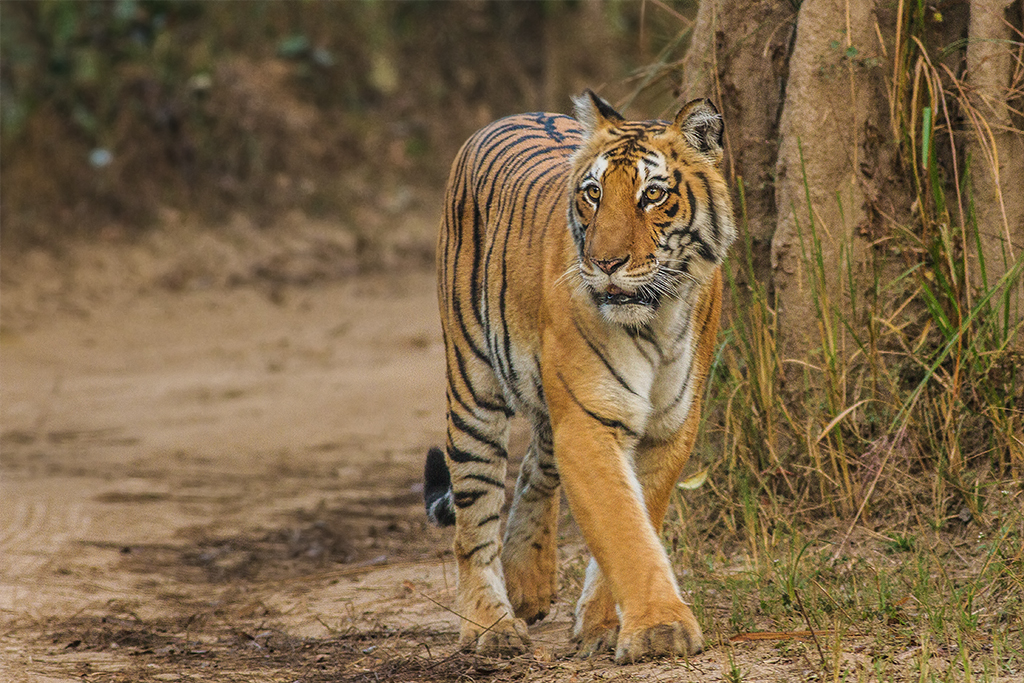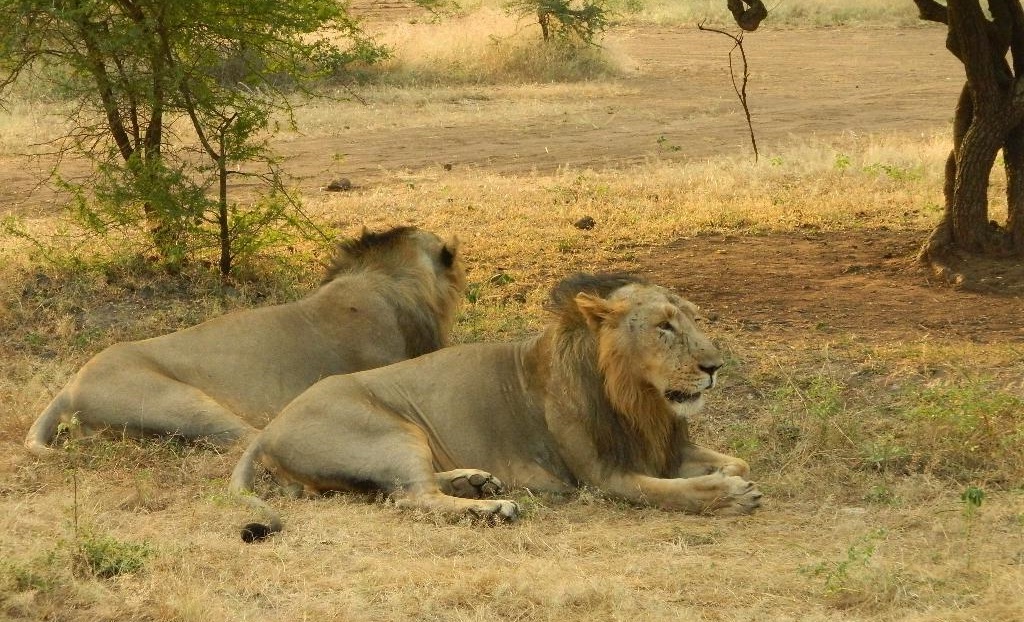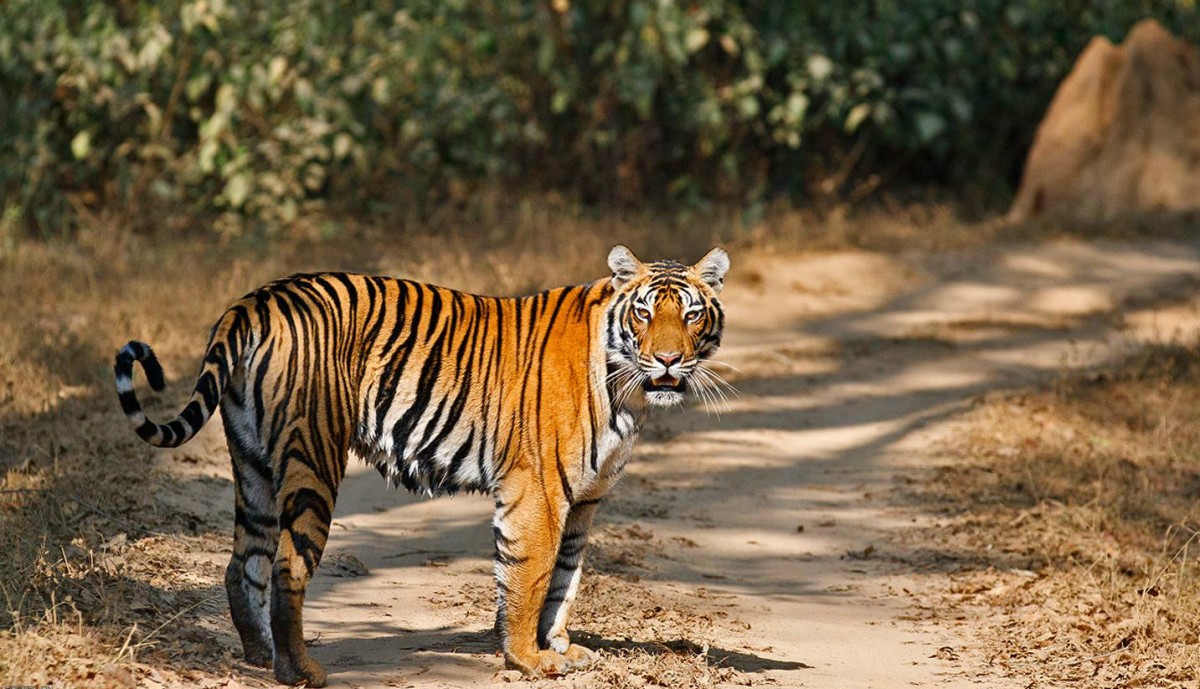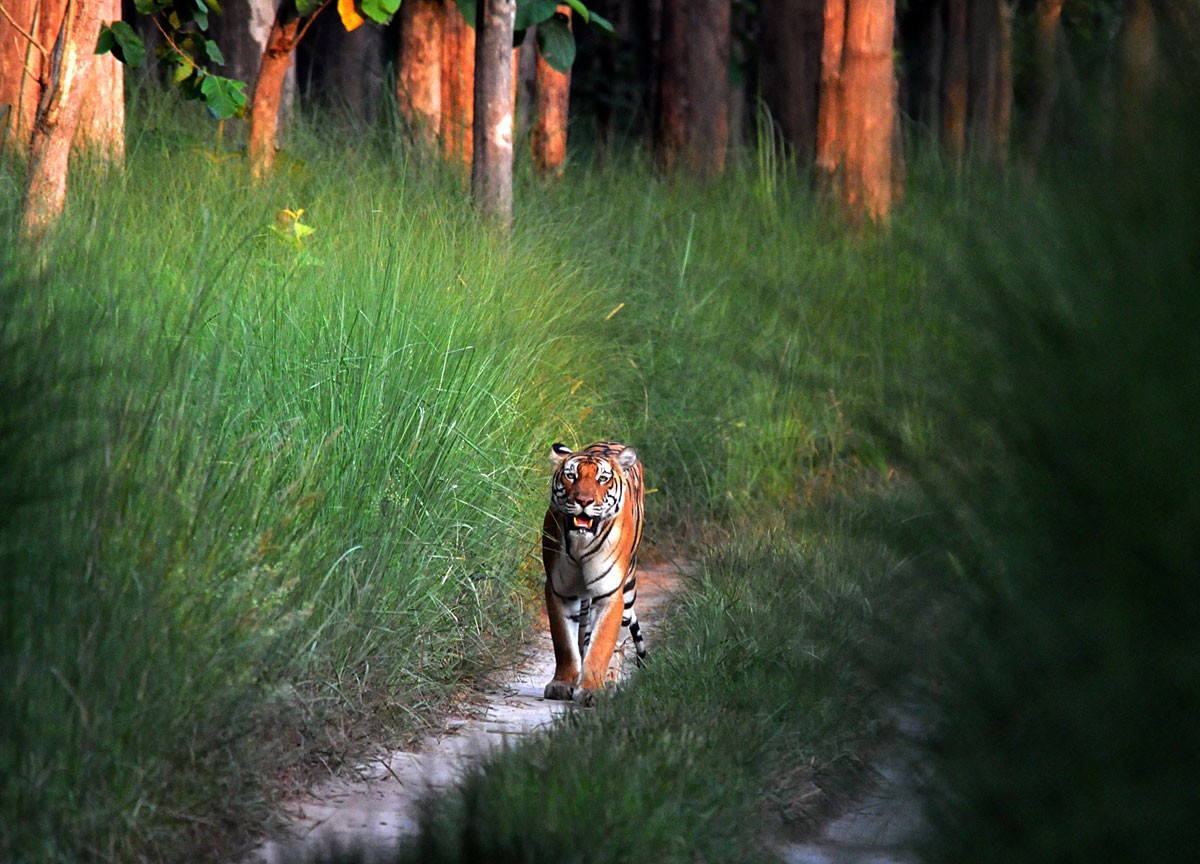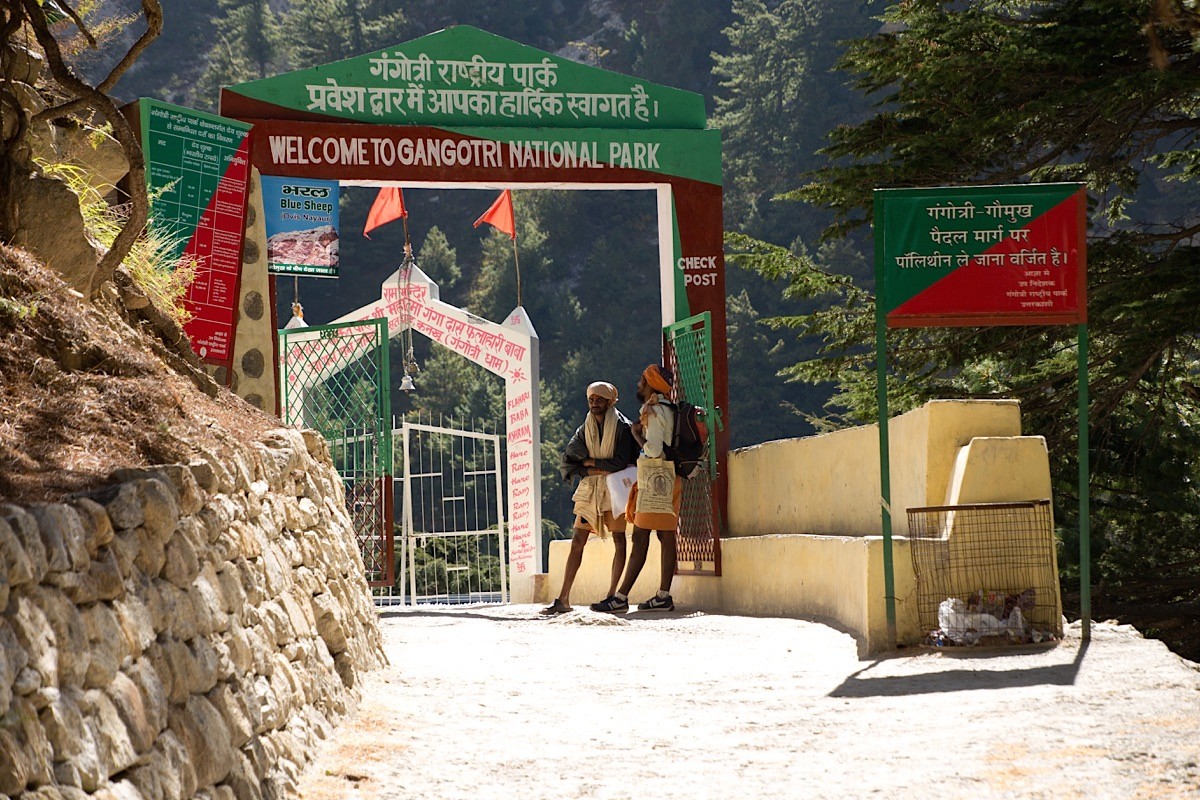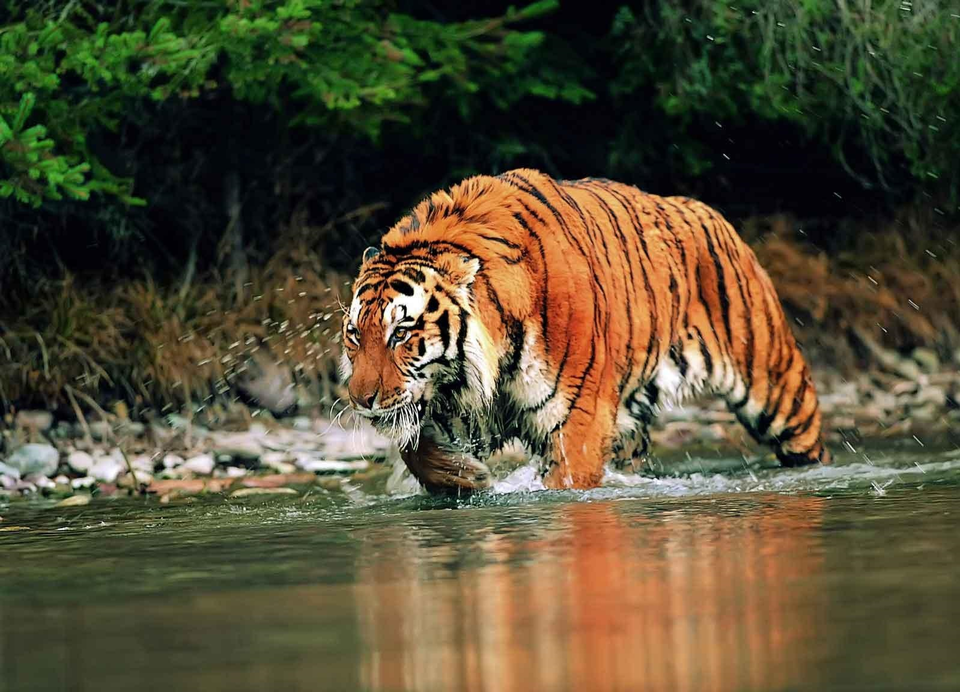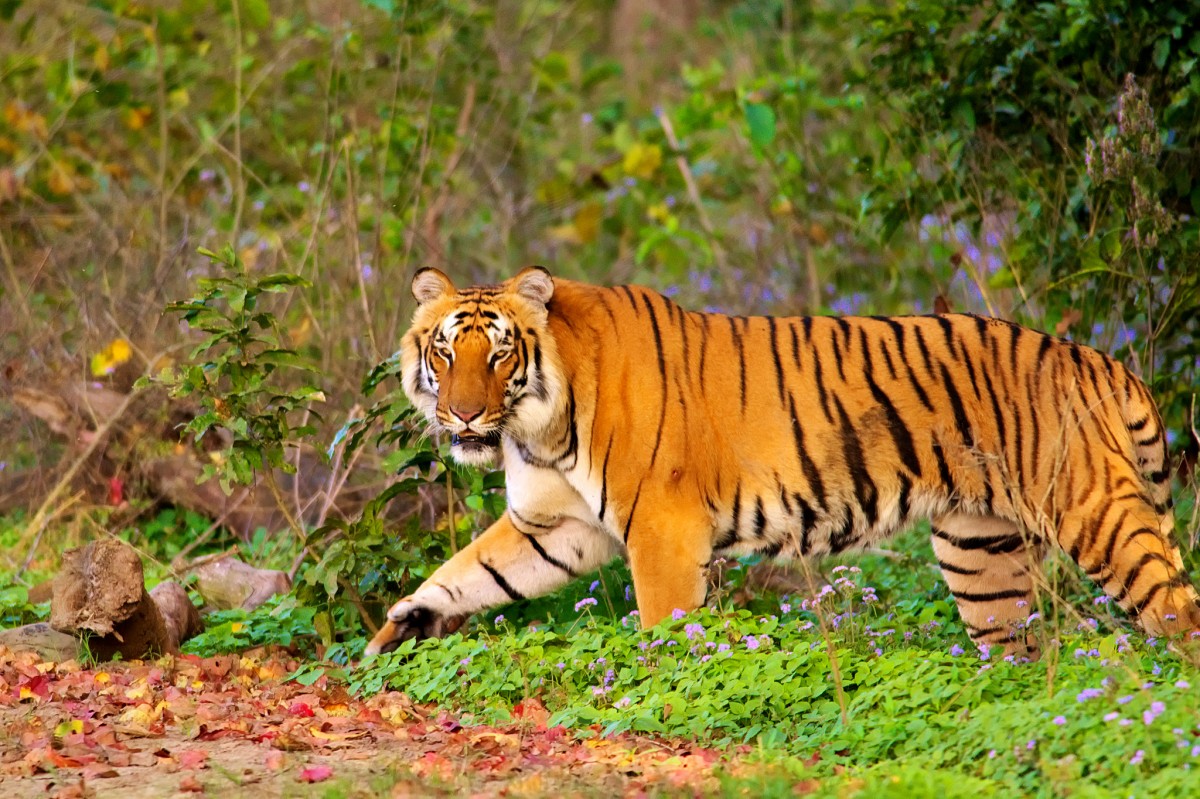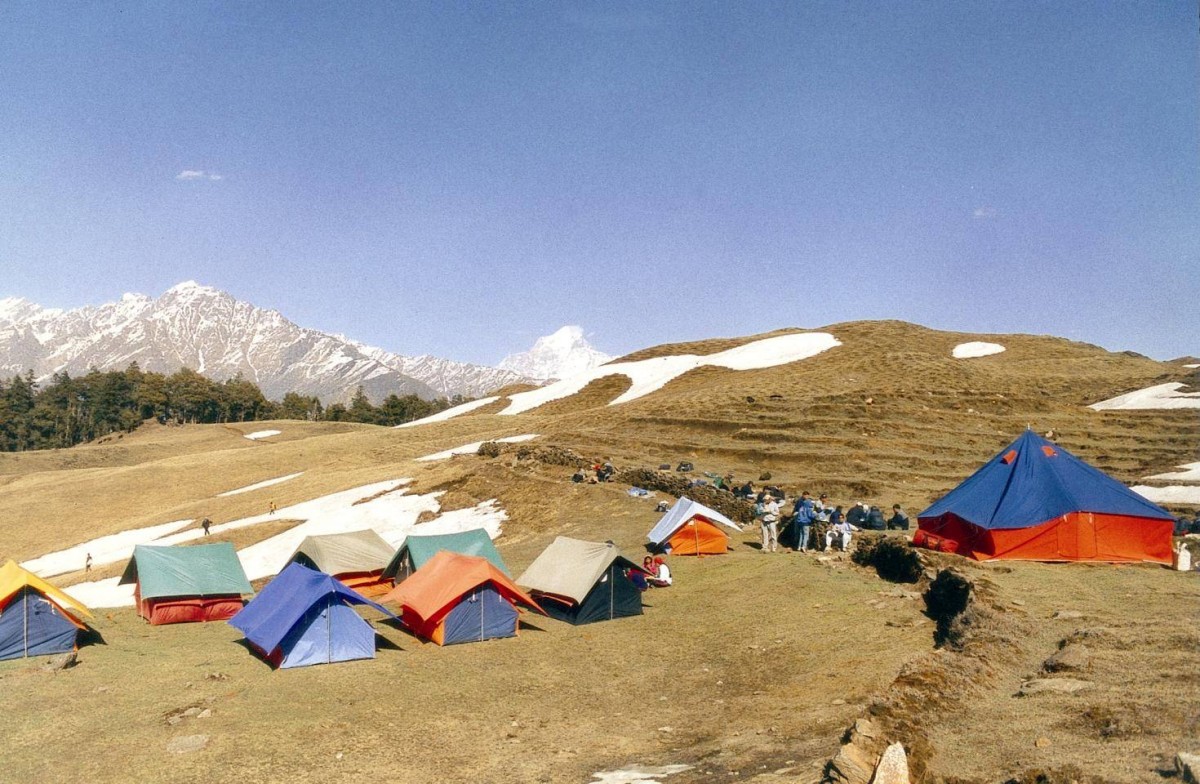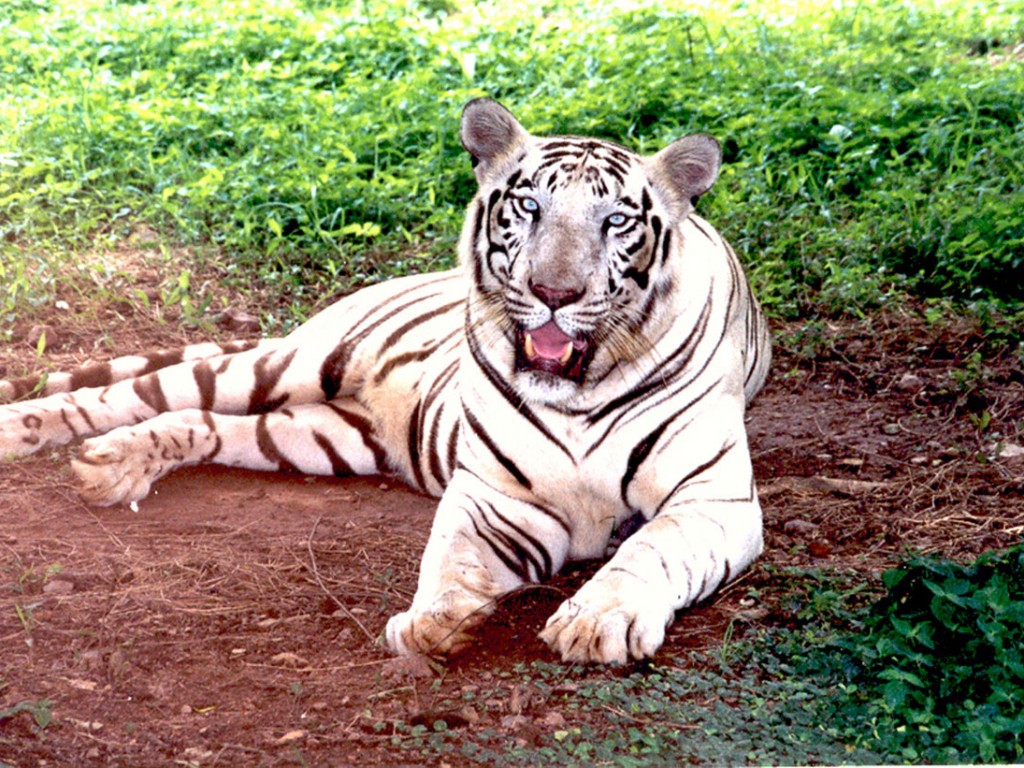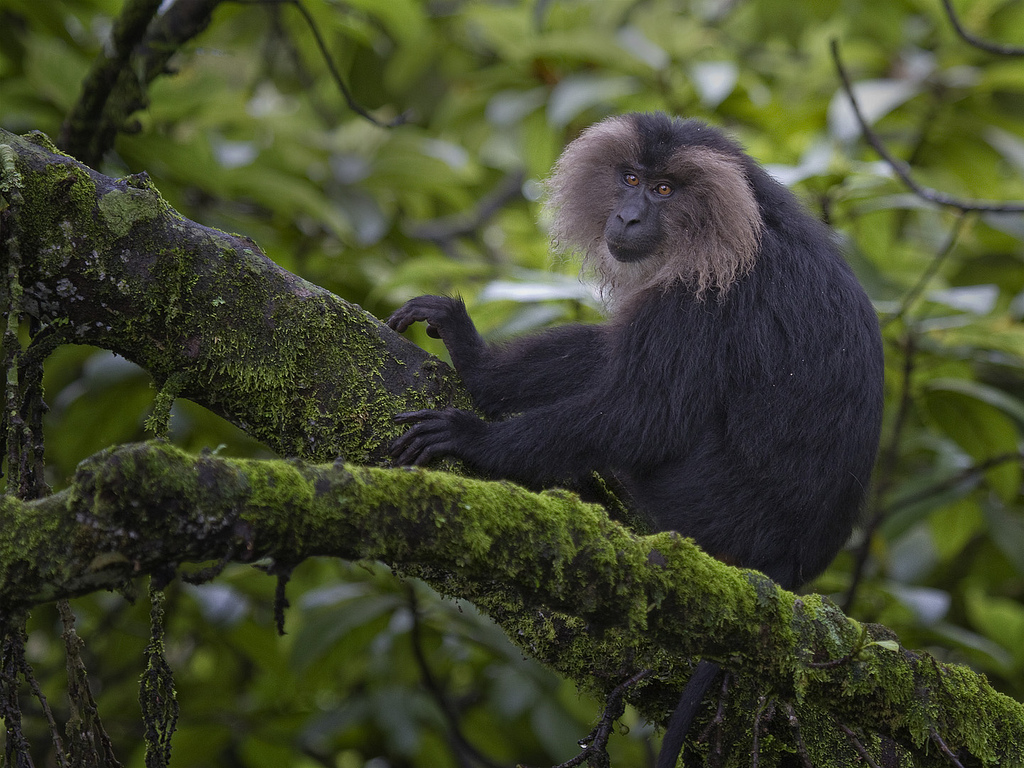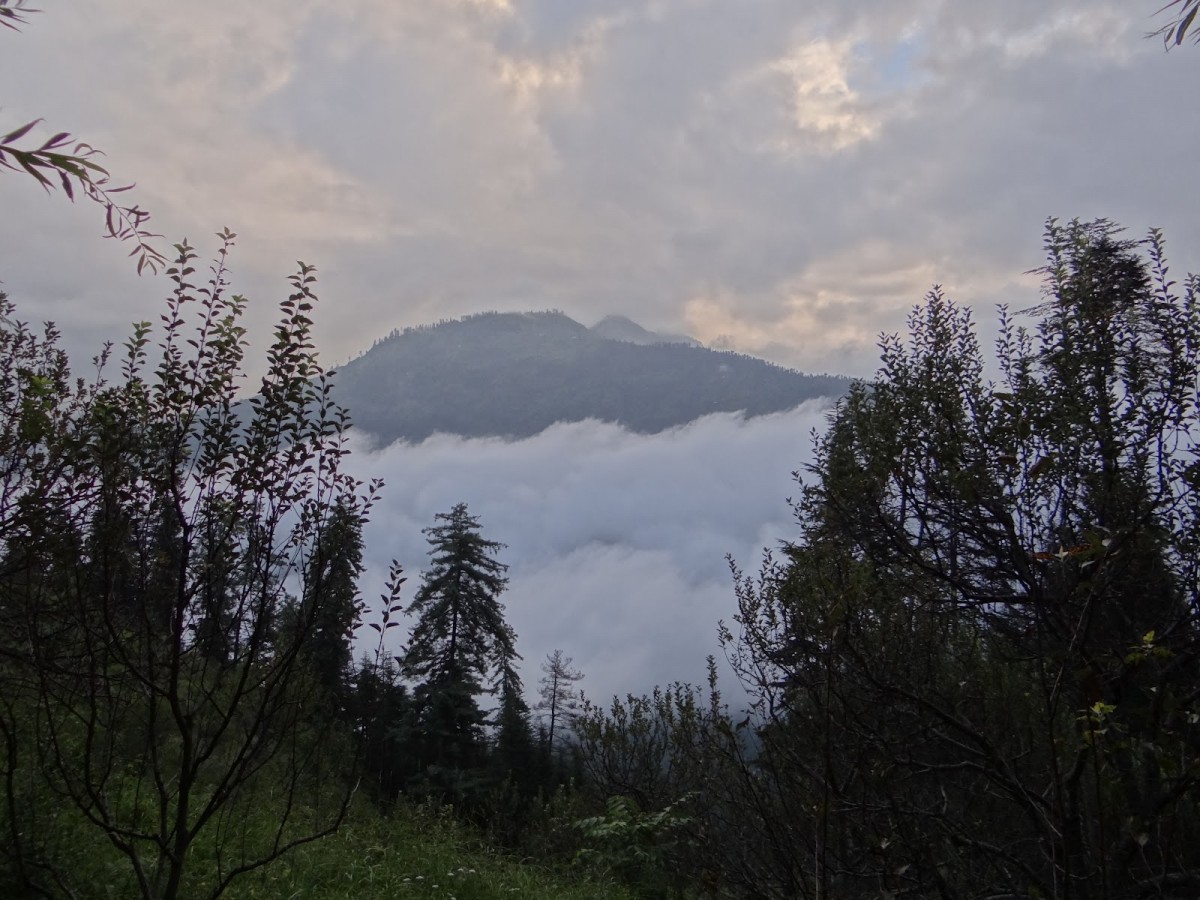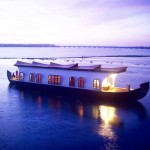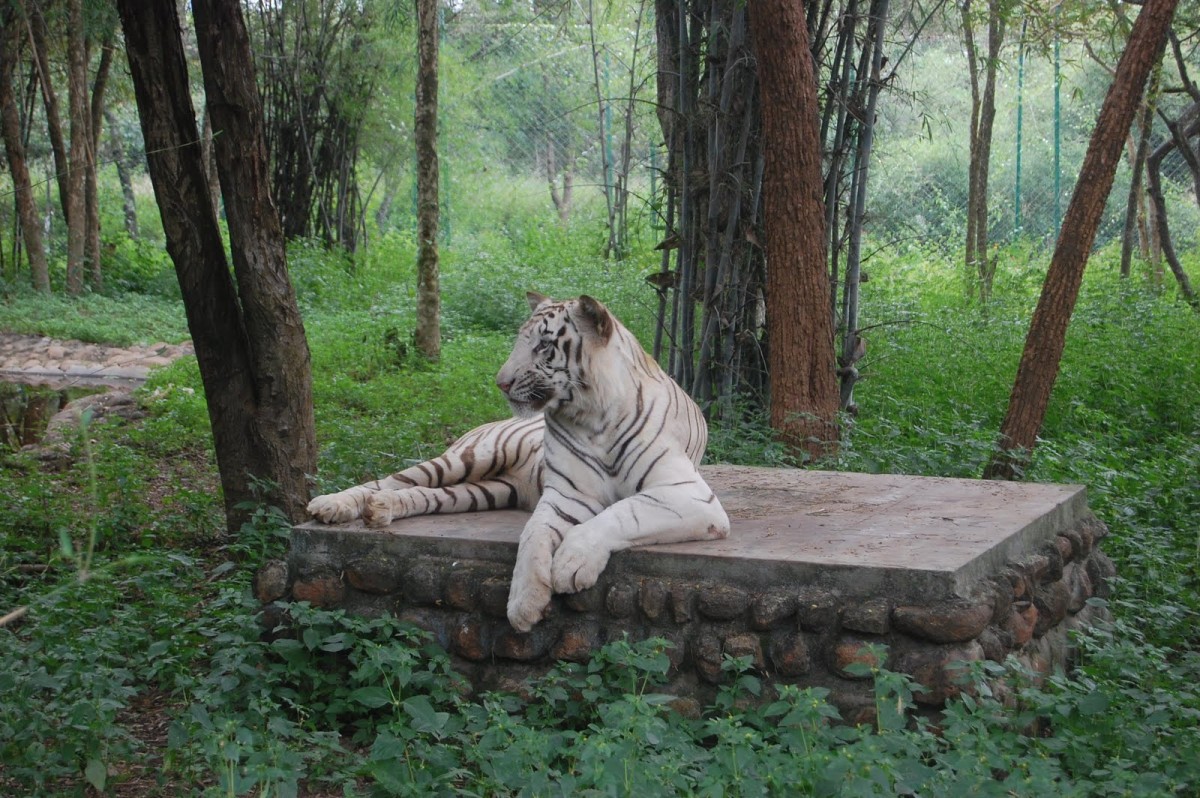
Bannerghatta National Park
Bannerghatta National Park at a Glance
| IUCN Category | II (National Park) |
| State | Karnataka |
| Distt. | Bangalore |
| Area | 104 Sq. Km |
| Year of Notification | 1974 (25.Sept 1974) |
| Topography | 740m – 103 m |
| Temperature | 20 degree C, |
| Annual mean Rain Fall | 700mm |
| Longitude | 77 degree 34’ ”-77 degree 38’19”E |
| Latitude | 12 degree 34’00”- 12 degree 50’32”N |
| Vegetation | Tropical dry deciduous, Thorn Forest, Moist deciduous Forest. |
| Best Time for Visit | September-June |
| Nearest Town | Arekal (19Km) |
| Nearest Railway Station | Bangalore (28 km) |
| Nearest Airport | Bangalore (28 Km) |
| Acommodation | Forest Rest Houses & Guest House (Over night stay not allowed). |
| Wildlife Authority | CF, Bannerghatta Bangalore -560083(Karnataka). |
| Valuable References | Secretary Forests & wildlife, Secretariat Building, Bangalore, Karnataka. |
: Chital, Wild Boar, Leopard, Sloth Bear, Elephants, Antelope, Barking Deer, Sambar, Monitor Russel Viper, Python Myna, Jungle Fowl, Palm Squirrel.
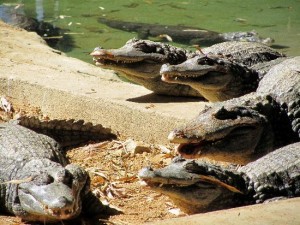
Fauna (Animals): Chital, Wild Boar, Leopard, Sloth Bear, Elephants, Antelope, Barking Deer, Sambar, Monitor Russel Viper, Python Myna, Jungle Fowl, Palm Squirrel.
Flora (Plants): Eucalyptus Acacia, Albizia, Bauhinia, Butea Bamboo, Ficus, Diospyrus, Delbergia, Tectona, Terminalia, Pterocarpous
This Park is proximate to the state capital Bangalore hence attracts a number of tourists every day it came into existence in the year 1974 with 104 Sq. Km. of undulating terrain with valley and hills, which includes ten reserve forests of Anekal Range of the Bangalore Forest Division. It is surrounded by scenic hills, with many ancient temples perched on them. The mammal distribution is discrete here. Occasionally one can see leopard, chital, wild pig and sloth seen here. Bannerghatta also has a good number of birds.
The principal park are elephants, which migrate from Kollegal and nearby Tamil Nadu territory, for the major part of the year. The abundant bamboo growth provides fodder for these magnificent animals. Some of the other inhabitants of the park include wild pigs, panthers, bears, sambar, spotted deer, and the black buck. Huge monitor lizards as well as cobras, pythons, kraits and Russell vipers roam the park. The avian population comprises pelicans, cormorants, painted storks, white ibis and spoonbills among others.
The Bannerghata National Park project comprises the National Park, the Safari Park with a Herbivore Safari and a Lion Safari, Picnic Corner, Crocodile Farm, Serpentarium, Pets Corner, and a Museum besides a Park of pre-historic animals.
The beautiful Suvarnamukhi stream running through the park, originates in the Suvarnamukhi hills. Spread out to a he rock, about a kilometer long. At the foot of the rock is the famous champaka Dhama Swamy temple built in the Dravidian style of architecture belonging to the Hoysala age. The temple enshrines an image of Vishnu with his comsorts Sridevi and Bhudevi. The Suvarnamukhi hill also houses a small shrine dedicated to Narasimha, and two kms away is the Suvarnamukhi pond the waters of which are believed to have curative powers.
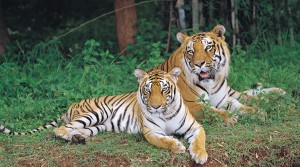
A trip to Bannerghata mational Park promises to be a memorable experience, for nature, history, botany and wildlife buffs.
How to get there
The nearest city, air and rail head is Bangalore, 22 Kms from Bannerghata (one kilometer from the park itself). Government buses ply between Bangalore and Bannerghata. The Forest Department has arrangement for mini buses and vans to take visitors around the Lion Safari.
When to visit
September to June is the best time to visit. The park is open throughout the year.
Where to stay
The forest rest house is available for accommodation.
The park vegetation is mix of tropical dry deciduous moist deciduous and thorn forests. Eucalyptus, Acacia, Albizia, Bauhinia, Butea, Bamboo, Ficus, Diospyrus, Delbergia, Tectona, Terminalia, Pterocarpous represent the flora population.
The park can be best visited in the months of September-January although it remains open for the public through out the year. The accommodation inside the park is available only in terms of forest rest houses. The nearest rail head and airport is at Bangalore (only 28 km. from the park). The park authorities require to be contacted in advance for accommodation & other arrangements inside the park. The park being proximate to Bangalore is heavily visited especially during the weekends and is known for its scenic beauty & birds.

